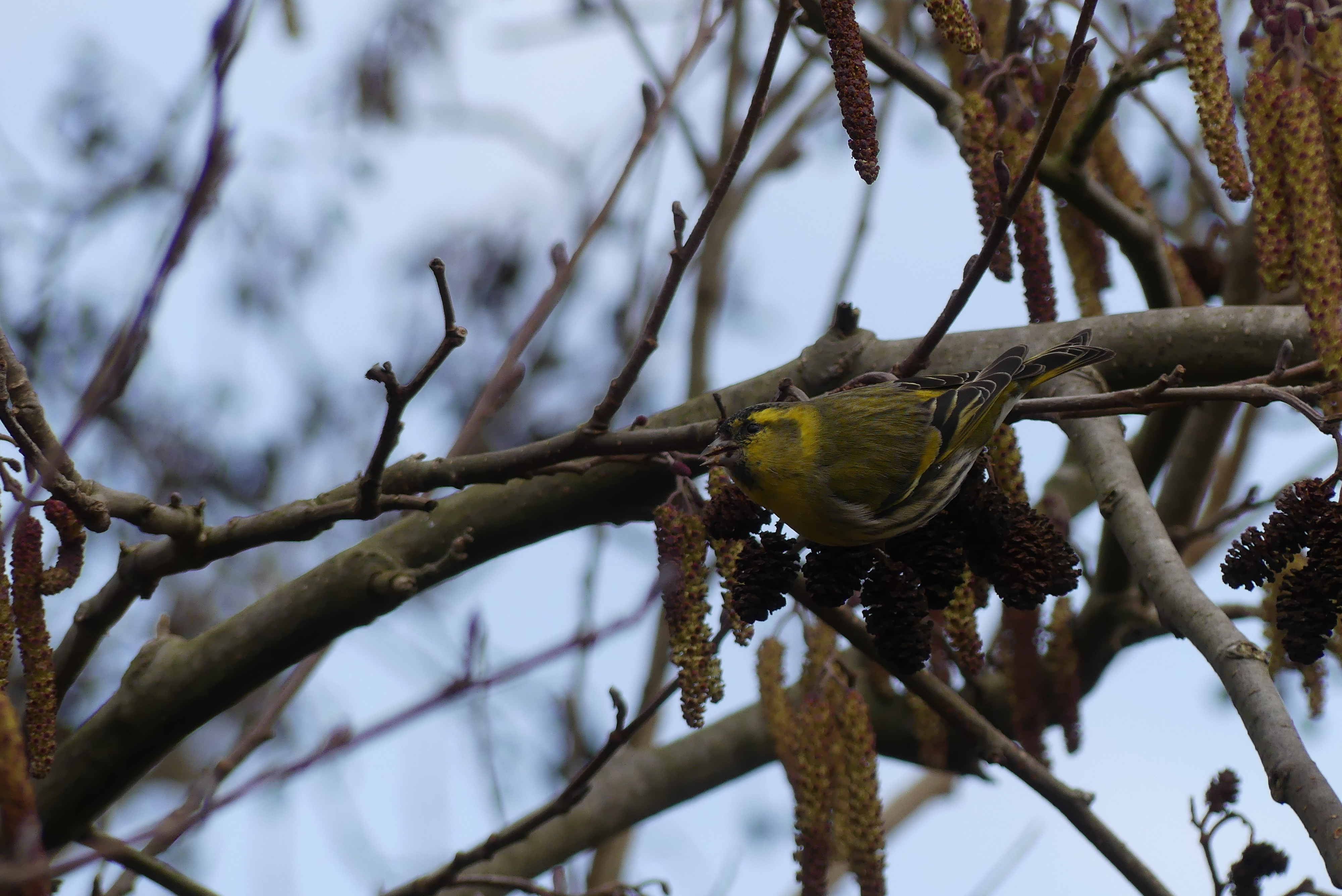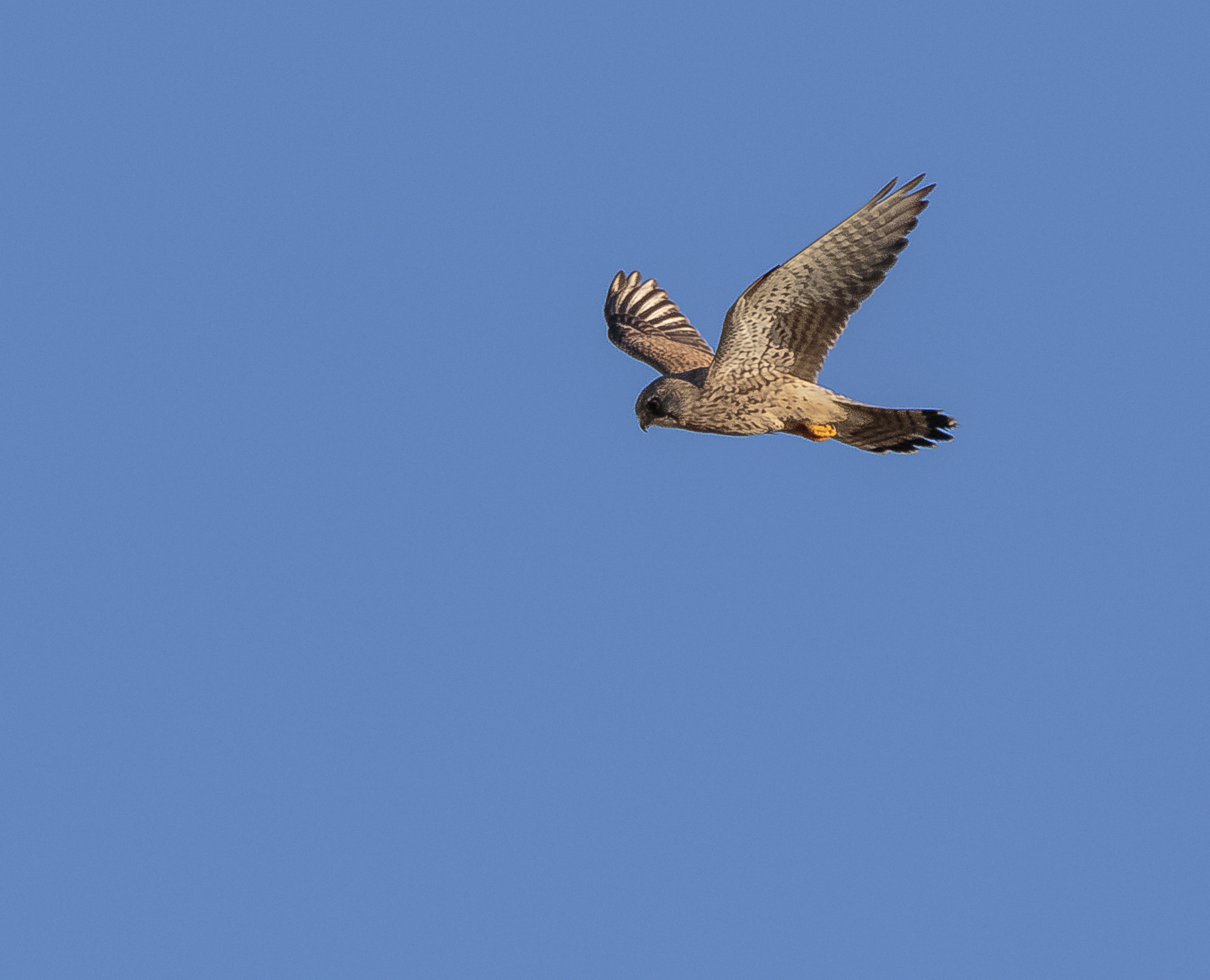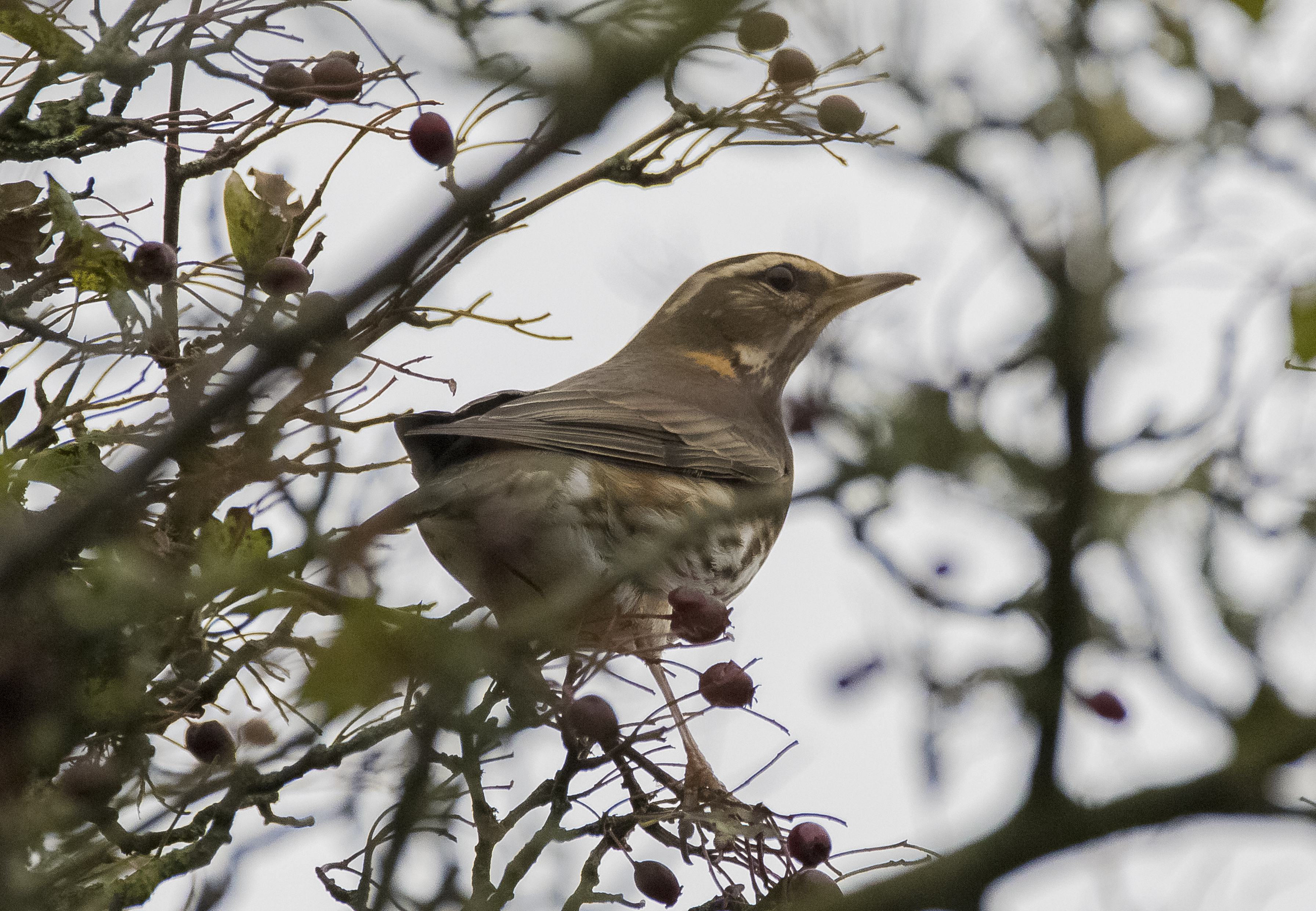Wildlife sightings for 7th September 2016
5 Whinchat - Grazing Marsh
2 House Sparrow - world wetlands (now a very scarce visitor to the site)
2 Hobby
2 Common Sandpiper - Wader Scrape
1 Wigeon - Main Lake
1 Kingfisher - Wader Scrape
107 Shoveler - Main Lake, Reservoir Lagoon
76 Teal - Main Lake , Wader Scrape, Grazing Marsh
28 Gadwall - Main Lake, Wader Scrape
2 Sedge Warbler
September bird highlights: Whinchat, Wheatear, Kingfisher, Peregrine, Snipe, Common Sandpiper, Wigeon, Yellow Wagtail, Hobby.
Autumn migration is well underway with some great sightings of passage waders (such as Green Sandpiper and Dunlin), a long-staying Garganey, passage Warblers and Whinchats. The grazing marsh is being kept fairly wet to attract species like Black-tailed Godwit and Snipe, and migrating passerines may turn up anywhere on the short-cut banks and fencelines this month. Hirundine species will continue to move through the country southwards and we can expect a lot more Warblers on days when the weather is perfect for migration
Bats: species of bat recorded on site this spring/summer have included abundant activity of Soprano Pipistrelle (UK BAP priority species); other species have included Common Pipistrelle, Nathusius’ Pipistrelle (UK rare), Noctule (UK BAP priority species), Leisler’s Bat (UK rare) and Daubenton’s Bat.
Reptiles: 9 broods of Common Lizard found on wooden structures (like old bridges and benches) thoughout the wildside and south route (30th July).
Plants: Ragged Robin, Yellow Loosestrife, Purple Loosestrife, Fleabane, Meadowsweet, Branched Bur-reed, Meadow Rue, Meadow Vetchling, Tare, Tufted Vetch, Common Vetch, Bird’s Foot Trefoil, Common Stitchwort, Hemp Agrimony, Agrimony, Water Dropwort, Ragwort, Creeping Thistle, Spear Thistle, Forget-me-knot, Betony, Knapweed, Wild Carrot… to name just a few.
Bees: Tree Bumble, Large Red-tailed Bumble, Early Bumble, White-tailed and Buff Bumbles, Common Carder, Tawny Mining, Early Mining, Clarke’s Mining, Gooden’s Nomad, Grey-patched Mining, Red Mason, Hairy-footed, Honey, Yellow Loosestrife Bee, Large-headed Resin Bee, Short-fringed Mining Bee.
Butterflies and day-flying Moths: (abundance thus far – grassland butterflies dominating abundance along with the whites): Meadow Brown, Six-spot Burnet > Gatekeeper, Small White > Green-veined White > Small Skipper, Essex Skipper, Large White > Comma, Speckled Wood > Red Admiral > Large Skipper, Holly Blue, Peacock, Small Tortoiseshell, Silver Y > (single imagines) Six-belted Clearwing, White-letter Hairstreak, Common Blue, Ringlet.
Dragonflies and Damselflies: (relative abundance): Small Red-eyed Damselfly ≥ Azure/Common Blue Damselfly > Blue-tailed Damselfly > Black-tailed Skimmer, Emperor Dragonfly > Common Darter, Red-eyed Damselfly > Brown Hawker, Southern Hawker > Ruddy Darter, Four-spotted Chaser > Emerald Damselfly (a single imagine in Wildside), Migrant Hawker
Bush-crickets and Grasshoppers: Roesel’s Bush-cricket (listen out for an extended electrical buzzing sound), Common Green Grasshopper (listen for the sound of a free-wheeling bicycle), Meadow Grasshopper, Field Grasshopper
Bugs: Parent Shieldbug (late instar nymphs on birch leaves), Capsus ater (on Amphibious Bistort south side Sheltered Lagoon), Giant Willow Aphid (lots on living willow fence along South Route)
Beetles: Common Red Soldier Beetle (tall grassland around Sheltered Lagoon), 7-spot Ladybird, Harlequin Ladybird, Oedemera lurida (e.g. Compositae flowers), Donacia simplex (and related species on Branched Bur-reed), Rosemary Beetle (on Lavender in Sustainable Gardens), Red Poplar Leaf Beetle (on poplar sapling leaf Sheltered Lagoon), Viburnum Leaf Beetle (on Guelder-rose beside Bog Garden), Longhorn Beetle.
Sawflies: Social Pear Sawfly, Rhogogaster viridis, Alder Sawfly, Loosestrife Sawfly, Birch Sawfly.



